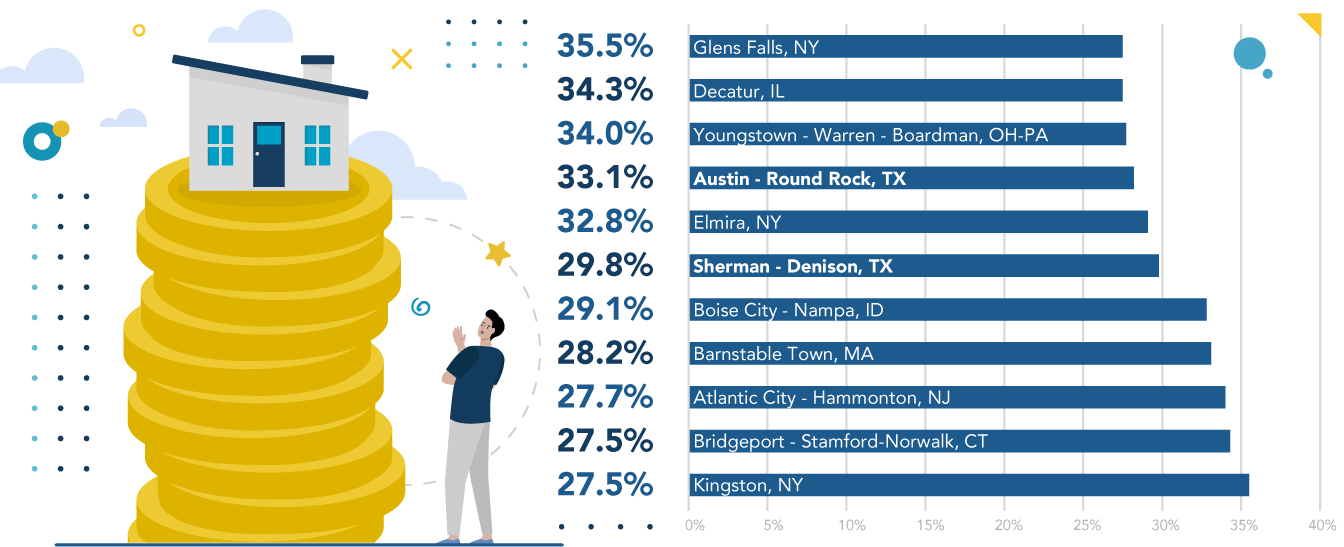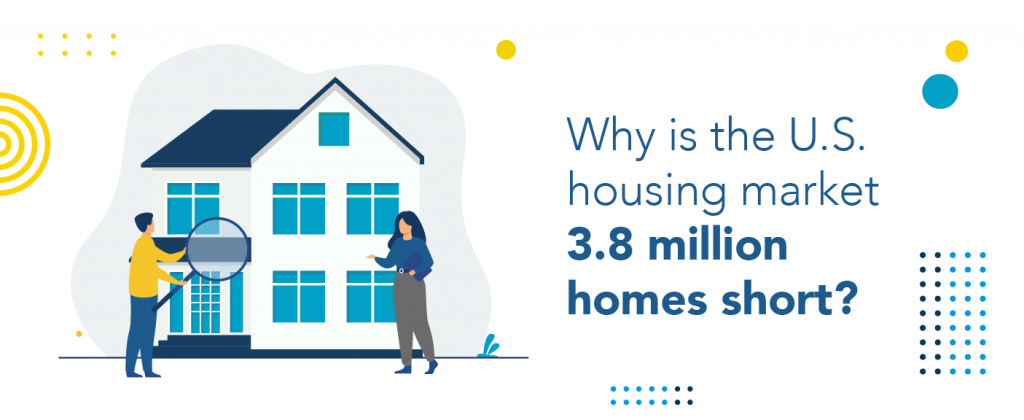The U.S. is living in a hot market; that’s not news. Nowadays, there’s a short supply of properties that can’t meet the demand. Although it started before the Covid-19 pandemic, the ban on foreclosures and evictions placed to ease financial distress isn’t helping in that matter. In the long term, the situation doesn’t look good either: according to an analysis published by mortgage-finance company Freddy Mac, the U.S. housing market is short by 3.8 million homes.
Now, a report made by the National Association of Realtors (NAR) confirms how the market works: virtually every metro area (99%) they track recorded year-over-year price increases in the first quarter of 2021. “Significant price increases throughout the country simply illustrate strong demand and record-low housing supply,” observed Lawrence Yun, NAR chief economist. “The record-high home prices are happening across nearly all markets, big and small, even in those metros that have long been considered off-the-radar in prior years for many home seekers,” he added.
This is something Real Estate IQ’s CEO Steve Liang warned on his Hot Trends Webinar last March. He pointed out – speaking about the Texas market – that while total sales were down in February, median home sales prices hit an all-time high, up 14% from a year ago to $302,920. This rise is more than double the median North Texas sales price a decade ago, and that’s something that happens every 20 years on average, not 10.
In fact, according to NAR’s report, two of the metro areas with the highest price increases are in Texas. Sherman-Denison had a rise of 29.8% (the median sale price is $234,800), and Austin-Round Rock had an increase of 28.2% (the median sale price is $437,900). However, not all homes saw large appreciations in price since it depends on the types of homes sold during the first quarter of 2021 – especially in small cities.

“The overwhelming majority of metros experienced strong price increases, with 89% (163 metro areas out of 183) registering double-digit price growth. For comparison, 25% of metro areas (46 out of 181) saw such growth in 2020’s first quarter when housing inventory was at a healthier level of 3.3 months, which better matched the pace of monthly demand,” reads the report.
On a national scale, the median existing-home sales price rose 16.2% on a year-over-year basis to $319,200, a record high since 1989. In addition, all regions recorded double-digit year-over-year price growth, with the Northeast seeing a 22.1% increase, followed by the West (18.0%), South (15.0%), and Midwest (14.4%).
How does the rise in home prices impact buyers?
Despite the housing affordability increase in March, the rise in home prices is hurting that indicator, especially for first-time home buyers (even those with higher incomes). Another report from the NAR pointed out that “at the national level, housing affordability increased in March compared to a year ago.” However, it declined if compared to February, as median family incomes jumped by 16.9% while the monthly mortgage payment increased 7%.
The sudden price appreciation is impacting affordability, especially among first-time home buyers. With low inventory already impacting the market, added skyrocketing costs had left many families facing the reality of being priced out entirely.
Lawrence Yun, NAR chief economist.
In any case, everything’s not lost. On the contrary, the Association believes that an increase in inventory would combat the affordability problem. They support the idea that it can be done either by new construction or by converting abandoned and unused retails or hotels. All that’s left to know is how long it will take to revert these numbers.
Disclaimer: The blog articles are intended for educational and informational purposes only. Nothing in the content is designed to be legal or financial advice.
Sources:
- https://www.nar.realtor/newsroom/virtually-every-metro-area-experienced-home-prices-rise-in-first-quarter-of-2021
- https://www.nar.realtor/blogs/economists-outlook/housing-affordability-increases-in-march-as-incomes-surge



